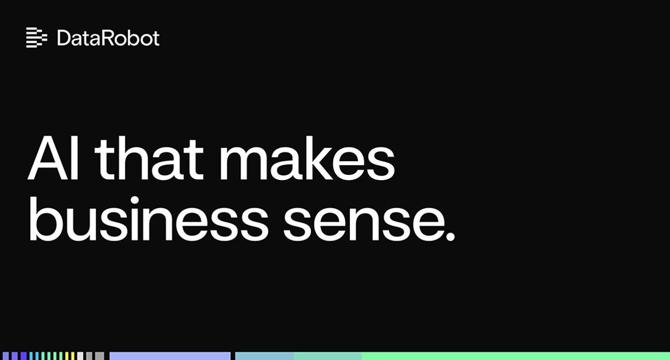Datarobot
1M
118

Image Credit: Datarobot
What misbehaving AI can cost you
- Costs associated with AI security can spiral without strong governance, with data breaches averaging $4.88 million in 2024.
- AI leaders must focus on a governance-driven approach to control spend, reduce security risks, and streamline operations to improve security and control costs.
- Failure to incorporate transparency, trust, and security in AI initiatives could result in a 50% decline in model adoption and business goals.
- Rising costs in AI are a significant challenge for organizations, leading to questions about investment alignment and effectiveness.
- Financial risks of AI failures include reputational damage, regulatory fines, legal exposure, investor lawsuits, crisis management efforts, erosion of trust, and more.
- Shadow AI, unmanaged AI solutions deployed without oversight, can introduce security vulnerabilities, technical debt, and costly remediation efforts.
- Expertise gaps in AI governance and security create inefficiencies, delays, and higher costs, diverting focus from value-generating work and hindering AI progress.
- Complex tooling for securing AI involves model scanning, data encryption, continuous monitoring, compliance auditing, specialized AI guards, and shields, leading to integration challenges, maintenance costs, and redundant solutions.
- Traditional IT security measures are not sufficient for evolving AI systems, which continuously adapt to new data and interactions, introducing unique risks that are harder to detect and control.
- AI security gaps extend to generative AI solutions and agentic systems, presenting challenges such as prompt injection attacks, jailbreaking attacks, and data poisoning, which threaten business outcomes.
Read Full Article
7 Likes
For uninterrupted reading, download the app